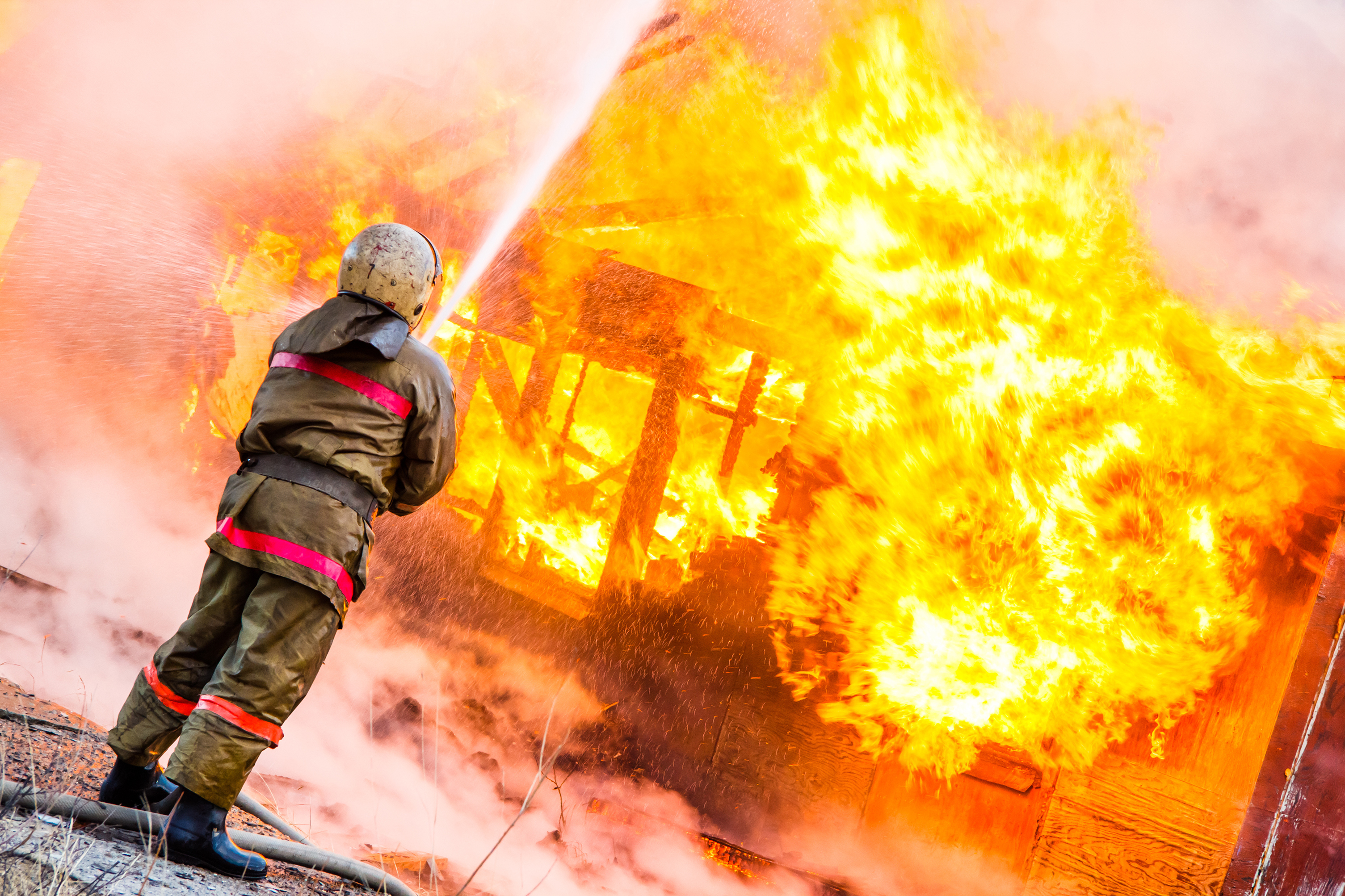
 Every year, the NFPA conducts a fire experience survey and compiles a fire loss report. The number of structure fires has steadily decreased over the past 40 years, with 1,098,000 in 1977 and 449,000 in 2017.
Every year, the NFPA conducts a fire experience survey and compiles a fire loss report. The number of structure fires has steadily decreased over the past 40 years, with 1,098,000 in 1977 and 449,000 in 2017.
Nearly 30,000 public fire departments are listed in the NFPA’s Fire Service Industry (FSI) database. About 2,600 departments responded to the NFPA’s annual survey, a sampling of fire departments that represents the protection of 113 million people, or about 35% of the U.S. population. Participating departments answered questions about number of fires, civilian deaths, civilian injuries and property loss.
Last year’s findings were released in September, and here are some of the highlights:
- Public fire departments responded to 1,319,500 fires, a 2% decrease from 2016.
- About 499,000 of those fires occurred in structures, an increase of 5%.
- A U.S. fire department responds to a fire every 24 seconds. Structure fires occur about every 63 seconds, and home fires occur about every 88 seconds.
- About 3,400 civilian deaths occurred as the result of fires, a slight increase of less than 1% over the previous year.
- Roughly 22,500 structure fires were intentionally set last year, a 13% increase.
- Fires caused an estimated $23 billion in property damage. This includes $10 billion in loss to wildfires in Northern California, making this number significantly larger than last year’s $10.4 billion
Wildfires
The U.S. Forest Service spent more than $2 billion on wildfires in 2017, making it the most expensive firefighting year on record for the federal agency. The California wildfire season alone resulted in 1,381,405 acres of burned land and more than 10,000 structures damaged.
Deaths and Injuries
About 77% of the fire deaths in 2017 occurred in the home, a number totaling 2,630, which is a decrease of about 4%. About 80 civilians died in fires in residential facilities like hotels and dorms, 105 in non-residential structure fires, and another 400 in highway vehicle fires.
A slight increase over 2016 brought the number of civilian injuries to 14,670, and home fires were responsible for about 72% of those injuries.
Catastrophic Multiple-Death Fires
In a separate report, the NFPA also compiles information on severe loss-of-life fires and explosions, which are defined as fires or explosions that result in five or more deaths in a home fire, or three or more deaths in a non-home fire, which includes fires in non-residential structures, vehicle fires, and wildfires.
In 2017, 21 catastrophic multiple-death fires killed a total of 150 people. Home fires accounted for 14 of the fires and 84 of the deaths, 21 of whom were children under the age of six. Last year saw the same number of catastrophic multiple-death fires as 2016, with 10 fewer deaths.
View the full report, with details about each fire, here.
Recommendations
While a few categories saw increases, overall the numbers continue to trend downward. Civilian home fire deaths were at their peak in 1978, when more than 6,000 people died in one year. Since then that number has decreased significantly and has remained below 3,000 since 2006.
Though the report reveals improvements, the NFPA continues to prioritize fire-safety initiatives, especially in the home with five major recommendations:
- Public fire safety education should be more comprehensive and widespread.
- Smoke alarms should be in every home and families should develop and practice escape plans.
- Residential sprinklers should be used more widely.
- More home products should be safer from fire. For example, all lighters should be child-proof.
- High-risk groups like older adults, people with disabilities, and low-income communities are more vulnerable to fire injury and death, and the special fire safety needs of those populations need to be addressed.
For more information, read the NFPA’s full 2017 Fire Loss Report here.

